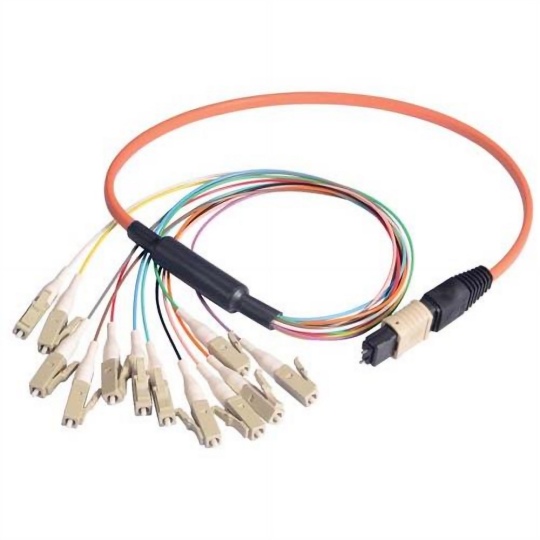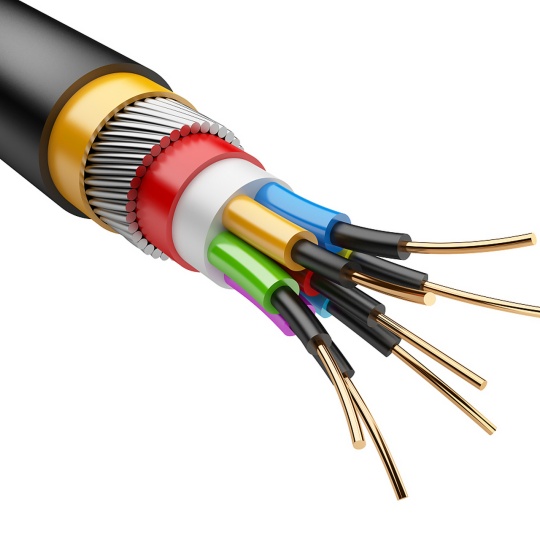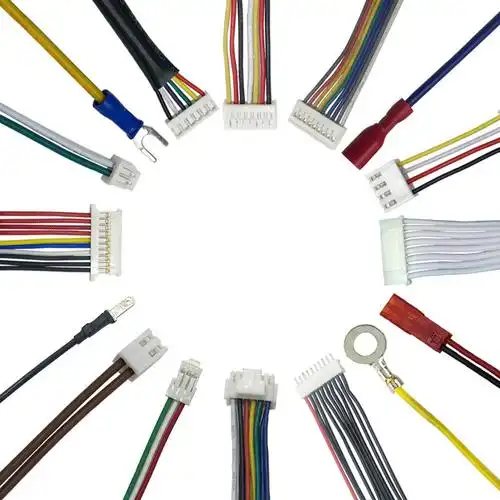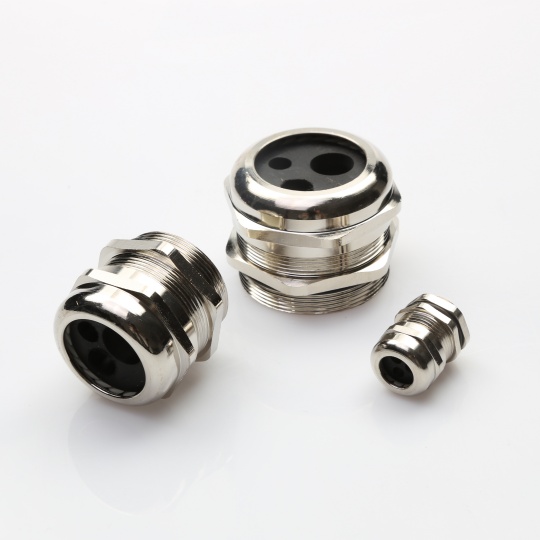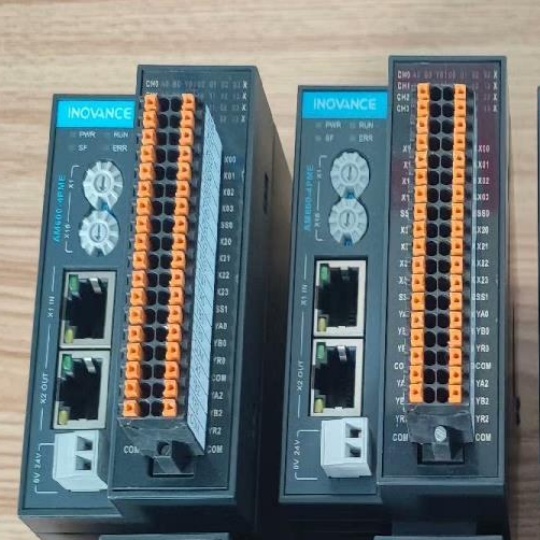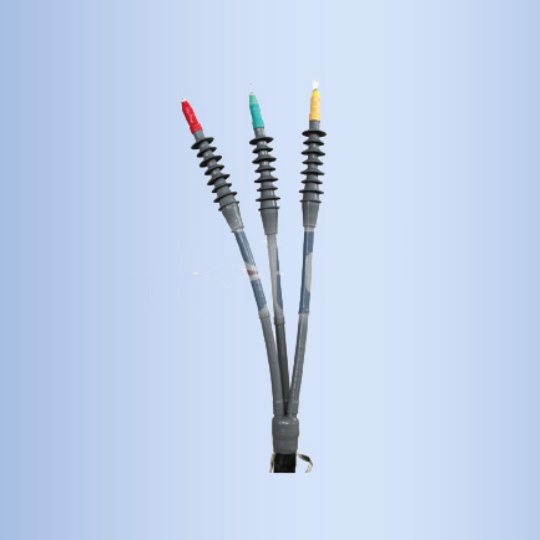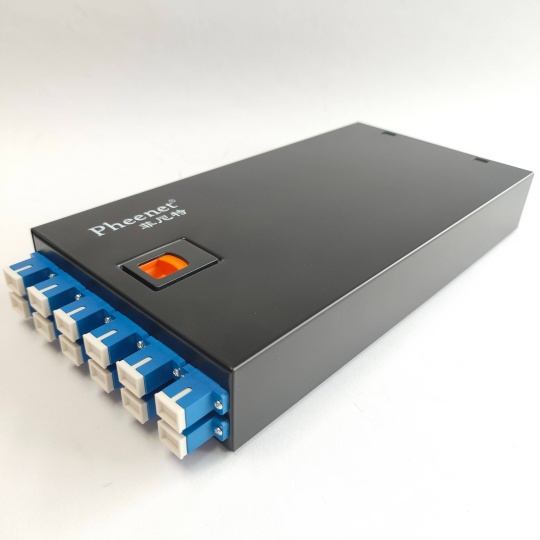Top 5 Trends Shaping the Future of Industrial Cable Assemblies
Industrial cable assemblies are the backbone of modern manufacturing, automation, and connectivity. As industries evolve, so do the demands for smarter, more durable, and adaptable solutions. To stay ahead, businesses must understand the key trends transforming this critical sector. Here are the top 5 trends shaping the future of industrial cable assemblies—and how they can help you solve challenges and boost efficiency.
1. Smart Manufacturing & IoT Integration
The rise of Industry 4.0 and the Industrial Internet of Things (IIoT) is driving demand for intelligent cable assemblies that support real-time data transmission. Modern assemblies now integrate sensors and connectivity features to monitor performance, predict failures, and optimize workflows.
Why it matters:
- Reduces downtime with predictive maintenance.
- Enables seamless communication between machinery and control systems.
- Supports automation in smart factories.
Actionable tip: Invest in shielded, high-speed cables compatible with IoT protocols like MQTT or OPC UA.
2. High-Performance Materials for Harsh Environments
Industries like oil and gas, aerospace, and renewable energy require cables that withstand extreme temperatures, chemicals, and abrasion. Manufacturers are now using advanced materials like:
- Fluoropolymers (e.g., PTFE) for heat resistance.
- Armored jackets for mechanical durability.
- Halogen-free insulation for safety in flammable environments.
Why it matters: Extends product lifespan and ensures compliance with stringent safety standards.
Actionable tip: Partner with suppliers that offer custom material solutions tailored to your operating conditions.
3. Modular and Customizable Designs
One-size-fits-all solutions are becoming obsolete. Companies now prioritize modular cable assemblies that allow quick reconfiguration, repairs, or upgrades. Customization is key for applications like robotics, medical devices, or EV charging systems.
Why it matters:
- Lowers replacement costs and downtime.
- Enhances scalability for evolving tech needs.
Actionable tip: Work with manufacturers offering CAD-driven design services to prototype bespoke assemblies.
4. Sustainability-Driven Innovation
With global emphasis on ESG (Environmental, Social, and Governance) goals, eco-friendly cable assemblies are in demand. Trends include:
- Recyclable materials (e.g., bio-based plastics).
- Energy-efficient production processes.
- Reduced carbon footprint in logistics.
Why it matters: Aligns with regulatory requirements and appeals to eco-conscious clients.
Actionable tip: Verify supplier certifications (e.g., RoHS, REACH) to ensure compliance.
5. High-Speed Data Transmission for 5G and AI
The growth of 5G networks, AI-driven analytics, and edge computing requires cables capable of ultra-fast data transfer with minimal latency. Fiber-optic and high-frequency coaxial cables are gaining traction.
Why it matters: Supports real-time decision-making in applications like autonomous vehicles and smart grids.
Actionable tip: Prioritize assemblies with EMI/RFI shielding to prevent signal interference.


